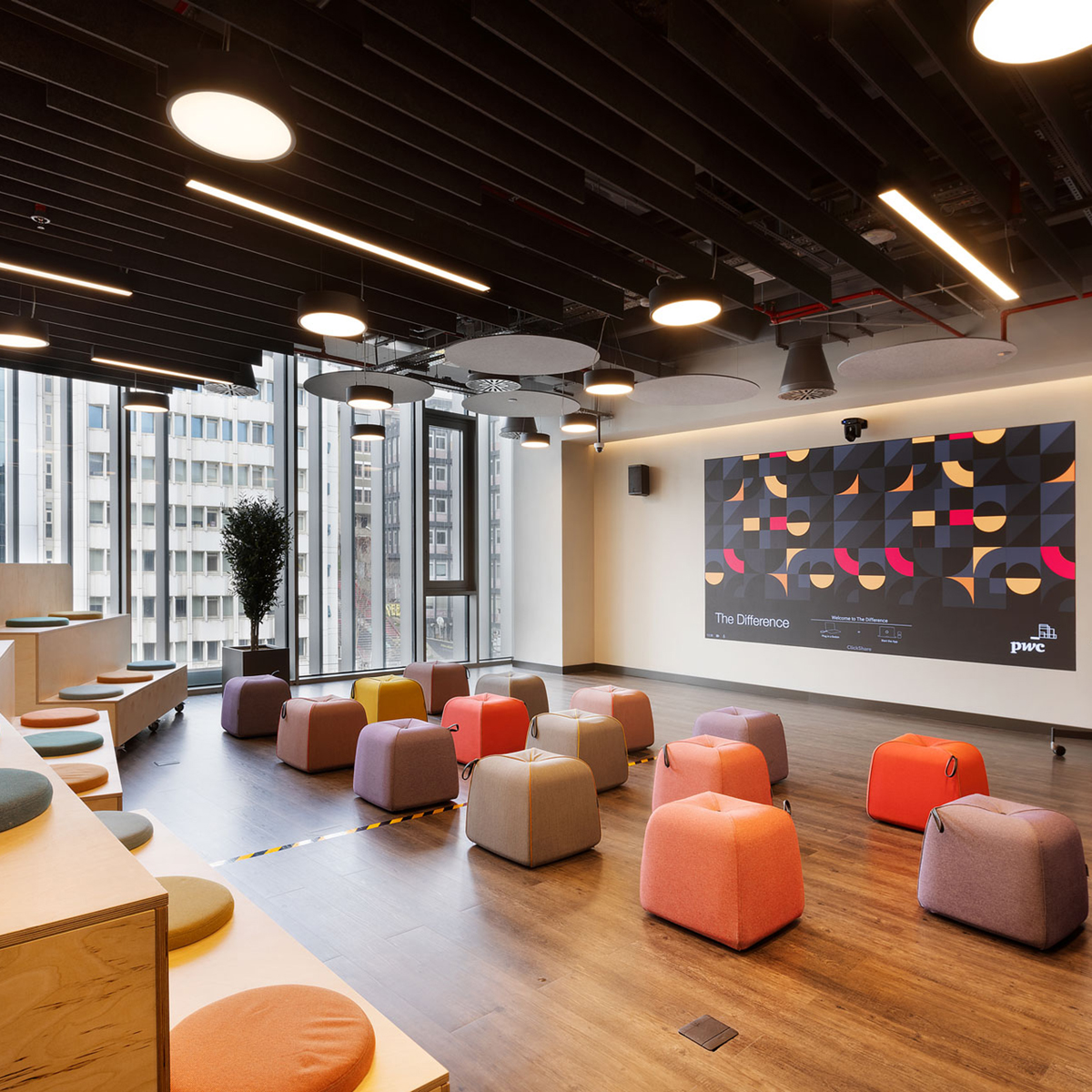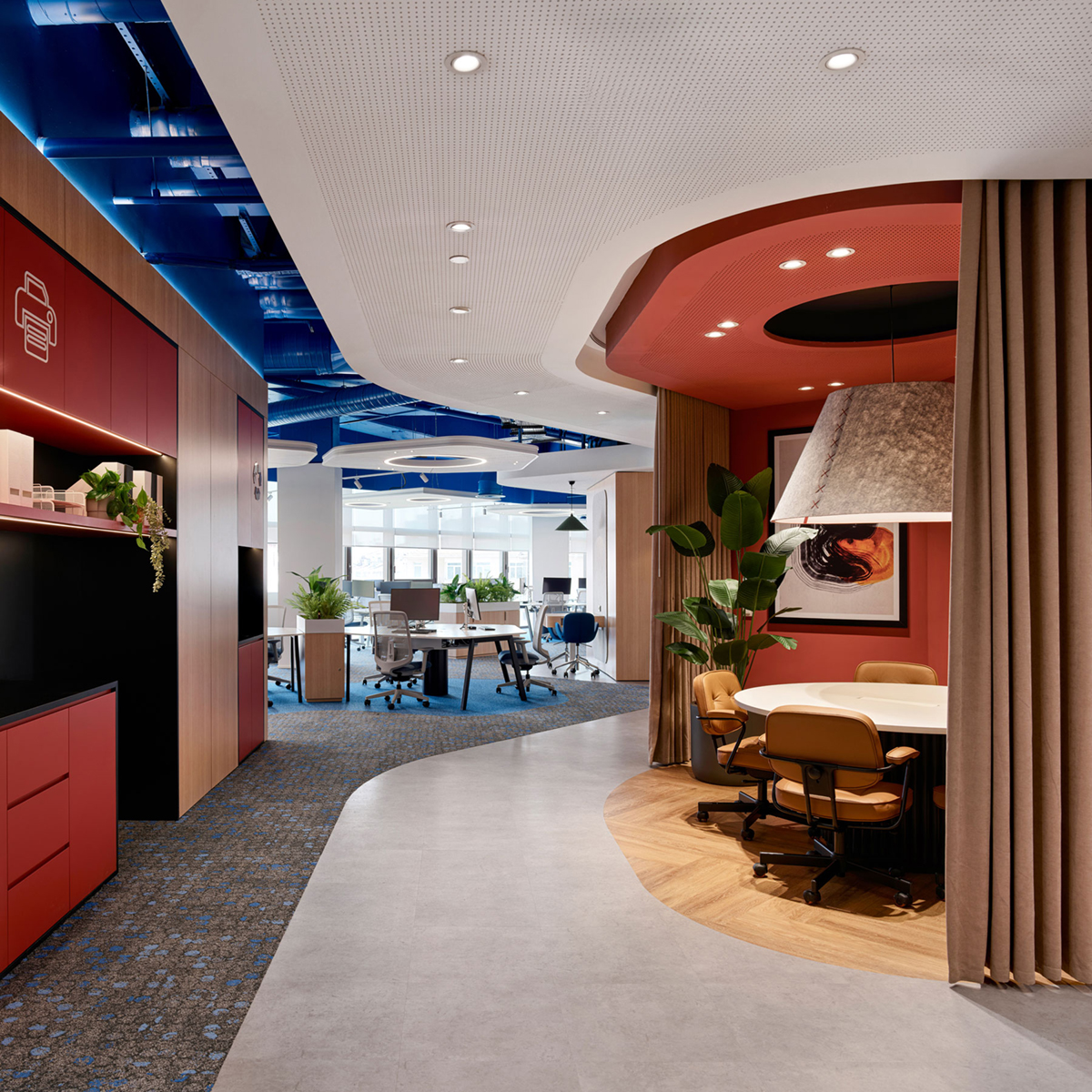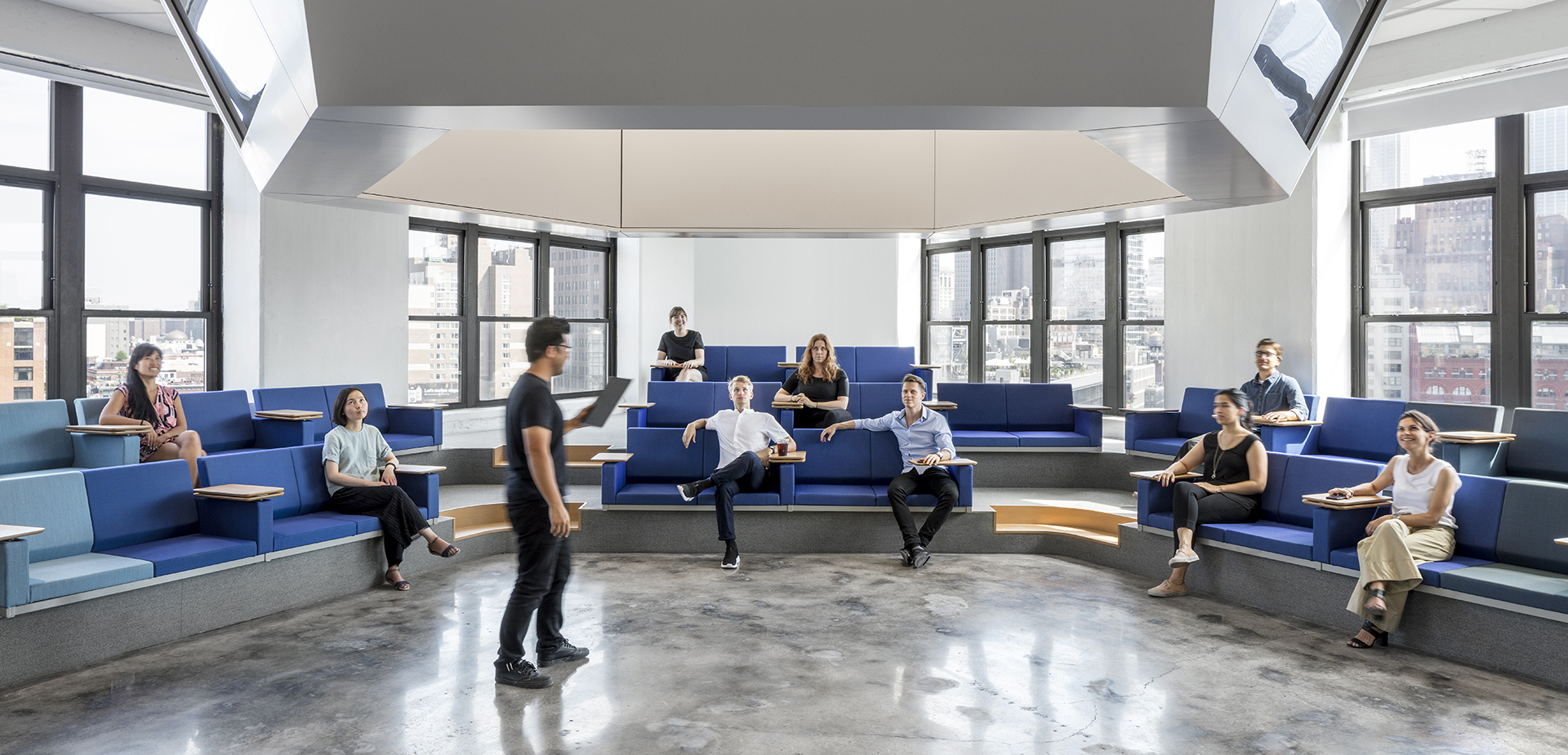-
In today’s rapidly evolving landscape, the fusion of digital and physical realms redefines how businesses and communities interact. Clients are increasingly seeking technology infrastructure and strategic planning to cultivate a more agile, inclusive, and interconnected ecosystem of user experiences. By integrating technology into physical spaces, businesses can offer seamless, self-service, personalized experiences that resonate with modern consumers.
-
-
-
-
From museums to libraries, places that foster community engagement while prioritizing safety are emerging as catalysts for neighborhood revitalization. Developers are seizing the opportunity to reimagine single-use spaces as vibrant, multi-use destinations that cater to diverse communities. By creating dynamic environments that bring people together, these spaces enhance residents’ quality of life and drive economic growth and social cohesion. Modular commercial furniture and multipurpose workspaces can transform these areas into versatile community hubs.
However, the convergence of digital and physical experiences extends beyond commerce. In the wake of the social upheavals of 2020, consumers and employees are holding brands accountable for their promises to address pressing social issues. Companies that pledged to confront inequality and contribute to positive change are under increased scrutiny to deliver on their commitments. Such promises cannot be mere marketing rhetoric; tangible actions and measurable impact must back them.
-
-
Cara Highline
-
Millennials and Gen Z, in particular, demand transparency and accountability from the brands they support. Organizations are expected to clearly demonstrate their public purpose and actively engage in initiatives that address societal challenges, from climate change to social equity. This shift towards purpose-driven business is reshaping corporate culture, with companies aligning their facilities, values, and products with issues of public concern.
-
-
To build trust and loyalty among consumers and employees, brands must go beyond rhetoric and demonstrate a genuine commitment to social responsibility. This entails investing in initiatives that drive positive change and actively engaging with stakeholders and communities to understand their needs and priorities. By fostering authentic connections and meaningful dialogue, brands can cultivate a sense of belonging and purpose that transcends traditional notions of customer loyalty.
Moreover, integrating digital technologies into physical spaces presents new opportunities for businesses to deliver personalized and immersive experiences. Whether through interactive exhibits in museums or digital concierge services in retail environments, technology can enhance engagement and create memorable moments for users. By leveraging data analytics and artificial intelligence, businesses can tailor experiences to individual preferences, driving customer satisfaction and loyalty.
In conclusion, blending digital and physical experiences represents a transformative shift in how businesses engage with their customers and communities. By embracing technology and prioritizing social responsibility, brands can create connected experiences that resonate with modern consumers and drive positive societal change. As we navigate an increasingly complex and interconnected world, bridging the digital and physical realms will be essential for businesses seeking to thrive in the digital age.






